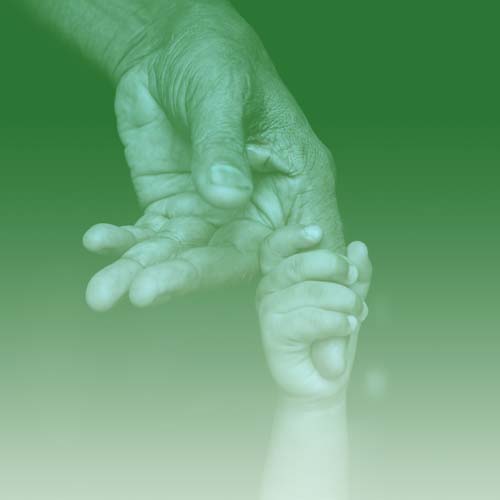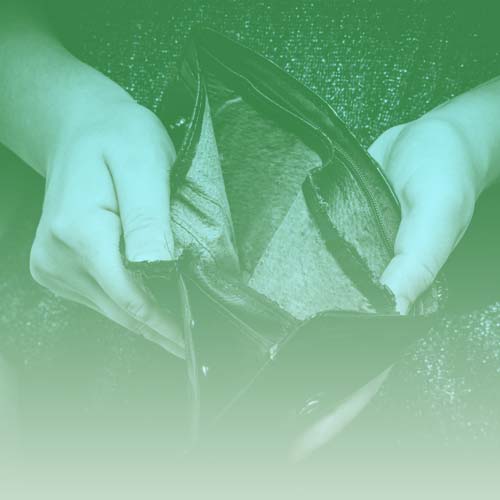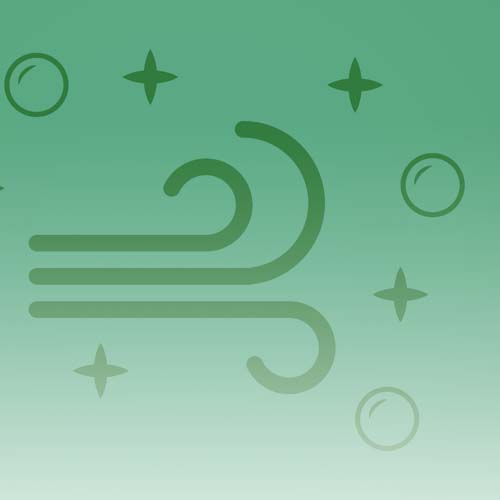Oct 21st 2021
How Are CPAP and BiPAP Machines Different?

Have you recently been diagnosed with a sleep disorder, like sleep apnea? If so, you’re going to hear the terms CPAP (Continuous Positive Airway Pressure) and BiPAP (Bilevel Positive Airway Pressure) thrown around frequently. Unless you’ve done any research, you might not understand them.
To help you learn the difference, the specialists at CPAP Liquidators are here. Read on to find out more! If you have any questions after reading, don’t hesitate to contact us.

The Conditions They Treat
Whether you get prescribed a CPAP machine or a BiPAP depends upon the condition you have. CPAP machines are for premature newborns or patients with sleep apnea. If your sleep apnea doesn’t respond to it, you may get switched to BiPAP.
BiPAP machines can help treat other conditions, too. Patients with central sleep apnea, ALS, COPD, and congestive heart failure can all benefit from using one.

The Cost of the Equipment
A notable difference between CPAP and BiPAP machines is the cost. CPAPs can get priced as low as a couple of hundred dollars and reach over a thousand. On the other hand, BiPAPs start in the high hundreds and easily reach a couple of thousands of dollars.
To save money on your equipment, you can buy it second-hand. Refurbished CPAP and BiPAP machines are safe and just as effective.

Their Air Pressure Levels
You may have noticed that the acronyms and full names for CPAP and BiPAP are similar. What makes them different, in name and performance, is the air pressure level they produce.
A CPAP machine can only operate at one consistent air pressure setting. A BiPAP machine, however, has two different settings. There’s a pressure level for air going in and one for when it comes out.

The Way You Tolerate Them
Because these treatments work at different air pressure levels, they affect patients differently. Many people find CPAP to be hard to tolerate. The single pressure setting can cause a choking sensation, which is understandably uncomfortable.
BiPAP, on the other hand, is easier to adjust to. The two air pressure levels help mimic a natural breathing pattern.
CPAP and BiPAP therapies are very similar, so don’t feel bad if they confuse you. To help you remember the difference, keep this guide handy so you can refer back to it.
When you know what kind of treatment you need, turn to CPAP Liquidators. Our large selection of new and refurbished CPAP and BiPAP equipment has you covered.
